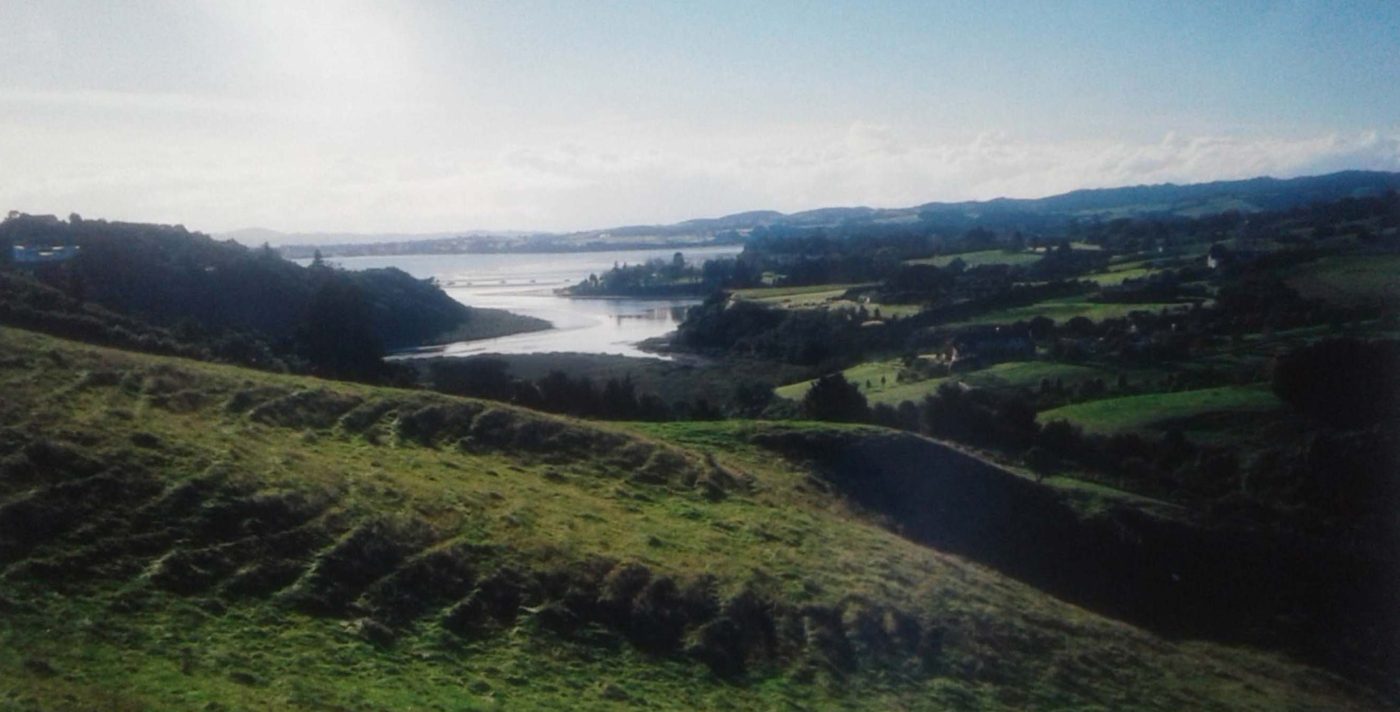
- By Marion Skelton, Friends on Mangemangeroa chair
The Friends of Mangemangeroa is a small volunteer group formed in 1999 after the land now known as Mangemangeroa Reserve was purchased by the then Manukau City Council.
It became an incorporated society in 2002.
We work with the Auckland Council and have a formal partnership agreement to maintain, restore and implement the 20-year restoration plan which we helped to draw up in 2019 with the council.
With a wealth of knowledge both from a plant growing and pest control perspective, we have worked tirelessly for the past 25 years to restore the reserve by raising and planting native species from eco-sourced seeds collected at the reserve.
We also organise planting days, remove weeds with our weeding group each Wednesday and also support local schools in education for students on local flora and fauna.
Mangemangeroa Reserve is made up of six valleys and 41 hectares to combine the estuary reserve and until 1984 the reserve land was part of the original Somerville family farm until it was subdivided.
In November 1990, the New Zealand Geographic Board changed the name from Maungaroa or Maungamangaroa to Mangemangeroa, its correct spelling meaning the valley of the Mangemange.
On June 30, 1994, Manukau City Council purchased the land now the Mangemangeroa Reserve from the Estate of Archie Somerville and released a structure plan for this block of land.
Betty Harris, the chair of the local Forest and Bird Society, started a campaign to draw public attention to the unique nature of this land with its succession of ecosystems found nowhere else in Manukau City.
A submission was made proposing the whole block be purchased for passive recreation which was successful and in 1995 Manukau Parks issued a draft management plan for the development of the reserve.
As cattle grazing had seriously opened up the undergrowth of the bush, the first priority was to fence off the bush area along the estuary.
This was the start of the Friends of Mangemangeroa as it formed to action the draft plan.
This small group had a vision and passion to restore Mangemangeroa from barren farmland to what it is today.
In 1999, the land and fencing of bush was completed and it was ready for public use, but as there was no easy access, the Friends of Mangemangeroa instigated a kissing gate, constructed in September 1999 and still in use.
Seeds were also collected and propagated at that time for the following year’s planting.
The Friends of Mangemangeroa, with the support of the Howick Community Board, then proposed development of a walkway through the bush along the estuary of the reserve.
The suggestion was successful, and the walkway’s first stage was completed in 2000 and opened by Sir Barry Curtis in that November.
It was also the official opening of the reserve which was open pasture.

At that time, the Friends of Mangemangeroa with the help of Manukau Parks and Howick Rotary Club also commenced a programme of restoration planting at the southern end of the reserve, while Forest and Bird’s South Auckland branch started eco-sourced restoration planting in a central area.
The first school plantings were done by Somerville Intermediate School students as well.
Archie’s Lookout opened in May 2003 and in the following November the second stage of the walkway was opened by Sir Barry.
The 1.4-kilometre track extended the initial walkway south to the lower end of Chisbury Reserve, and from there to Pohutukawa Avenue where there’s an alternative entrance, a feature of the new walkway a section built over the mangroves.
In October 2005, the third stage known as the Rotary Loop continued the track southwards nearly to the bridge and from there up to the swing gate adjacent to where the cattle yards used to be.
There was considerable clearing of weeds before the restoration work could proceed.
Friends of Mangemangeroa, Howick and Somerville Rotary, Forest and Bird, local schools, and Manukau City and Auckland Regional Councils were involved.
Some 6000 natives were planted around the walkway, some grown by Somerville Intermediate and Bucklands Beach Intermediate students.
Rotary also provided both money and labour to provide macrocarpa seating in this area.
In September 2009, the Manukau council took money from its reserves fund to buy a strip of partially bush-clad privately-owned land which extended the reserve walkway up the valley past Whitford Bridge to link with Hayley Lane.
In March 2012, the two-hectare walkway extension was opened by Auckland Council Mayor Len Brown.
The opening of that extension brought in about half of the Mangemangeroa Valley to public access and the overall length of the Mangemangeroa walkway is approximately 5km.
The car park at the top of Hayley Lane was finally finished and tables installed in 2013.
In December 2018, a Friends’ project known as the Friends Lookout was completed.
It has a seat donated by the family of Betty Harris and several trees planted in memory of Friends of Mangemangeroa members who have passed.
Over the past 25 years, as a result of good relations between the Friends, Rotary Clubs, Manukau City Council, Auckland Council and Howick Local Board, public walkways have been extended and maintained and now stretch from Cockle Bay to Hayley Lane.
Each year planting areas are identified by members of the Friends of Mangemangeroa and Forest and Bird and our permit-holding volunteers collect seeds from the reserve that are distributed to volunteer growers to produce what peaked at 8000 plants annually.
Our planting days involve the Friends, Forest and Bird, Rotary Clubs, local schools, community groups, Auckland Council staff and contractors.
To date, eight hectares have been restored, and we plant approximately 3000 square metres each year, with an estimated total of 115,000 plants over the 25 years and 33,700 volunteer hours.
Restoration work to date has seen the bush edge extended through pioneer species planting the growing of eco-sourced seedlings for in-planting of canopy trees.
- For news about upcoming early winter planting days at Mangemangeroa Reserve, read: https://www.times.co.nz/events/green-fingered-friends-at-25/









